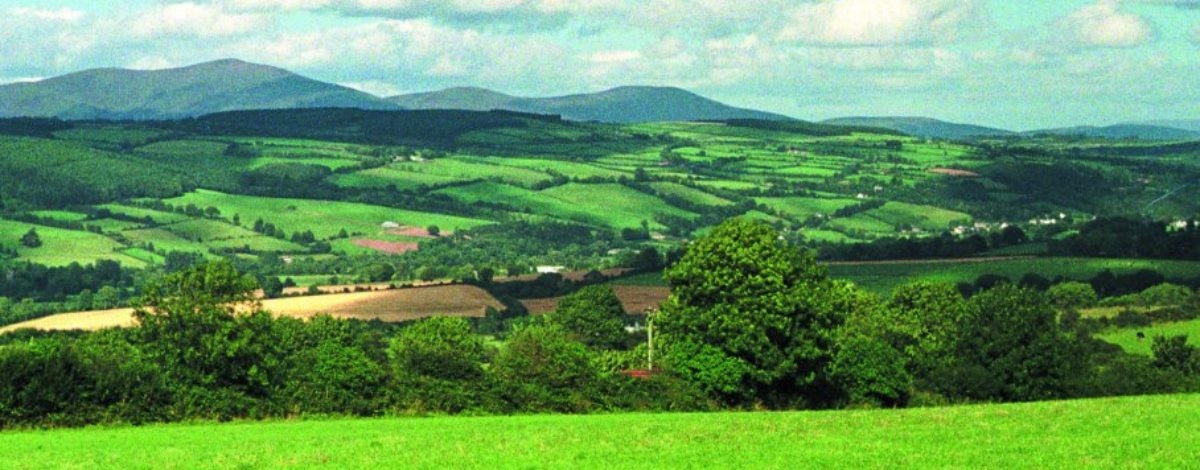My lifelong interest in history served me well recently when my wife and I went to Scotland for a vacation. As a sort of self-proclaimed walking encyclopedia of historical trivia, I was able to impress her with lengthy explanations of how and why things were done in the olden days. (My explanations were peppered with facts I’d read in tourist pamphlets the night before while she slept.)
With a self-assurance that only the truly educated possess, I provided useful information about ancient farming methods, the early settlers of Scotland and the turbulent relations between the Scottish and the English in medieval times.
But my wife, who still has long-lost relatives in Scotland and who also is a keen student of history, wanted to do some explaining of her own and seemed to take exception to having the country of some of her ancestors explained to her by a transplanted Irishman. And so our trip at times seemed to degenerate into an undeclared contest to see who could provide the most and best explanations.
[the_ad_placement id=”top-of-page”]
I would nod in grateful amazement as she told me how Mary Queen of Scots was run out of Scotland by her subjects after she married the man who murdered her second husband. Then she would express similar gratitude for my having told her about the ancient code of the Scottish Highlanders who would take even their most bitter enemies into their homes if they came asking for food and shelter.
To say we were competing with each other to establish who knew more about the history of Scotland might be to exaggerate, but still the air at times was thick with the scent of competition. And the scent of something else, judging by the dubious validity of some of our explanations.
The quality of my observations rose considerably whenever we ventured into any of the very old castles in the countryside as I had the advantage of having toured castles in Ireland in 1985. Castles there are as plentiful as fast-food restaurants in Canada and I had tried to tour as many of them as I could when I was there.
And so, I was amazed to hear my wife telling me all about the stone bridge which led to a very old castle we were visiting in Scotland. She pointed out that the bridge was just wide enough to accommodate one carriage and its team of horses. She showed me how the ancient cobblestones interlocked so carefully and when we came to several stone outcroppings in the bridge, she told me how these little alcoves were where soldiers would stand to keep guard on enemies sailing down the river to attack the castle. I stood in one of the guard posts and imagined myself keeping watch there 700 years ago, searching the landscape for enemies and listening to a horse and carriage make their way across the stone bridge behind me.
[the_ad_placement id=”top-of-page”]
Inside the castle, an old Scotsman who gets paid to explain things, told us how the castle was restored at a tremendous cost between 1912 and 1932. The bridge, which had never been a part of the original castle, was built during that time. The castle was impregnable because it was located on a small island. Putting up a bridge to it, would have allowed enemies easy access, he said.
After that, I pretty well had the explaining field to myself. Barb let a fact or two slip about Robbie Burns later on during the trip, but otherwise, her interest in history seemed to drop right off.
Fortunately, we still had my vast wealth of knowledge to draw on.
©1991 Jim Hagarty

